Steel Targets – Lots of Fun – if Safely Used Since we try to focus on “tactical” shooting we try to spend a minimum amount of time standing behind a bench and shooting paper targets. Instead, we try to focus on moving and shooting activities that include reloading, malfunction clearing, switching between different firearms, using barricades and thinking - in addition to the actual shooting. One of the things that we do quite a bit of, to increase the tactical nature of our range time, is to shoot steel targets in addition to shooting paper targets. Why? Well, in addition to the challenge and the fun of having more varied activities - there are lots of great reasons to shoot steel:
So why don’t more people shoot steel? Our experience is that paper targets rule over steel targets at most ranges because of four factors:
So what do you need to know about steel target setup and safety
Here are some great websites with even more information in case you are interested in learning more about shooting steel targets: https://www.usacarry.com/shooting-steel-targets/ https://www.range365.com/shooting-steel-targets-everything-you-need-to-know/ https://www.alloutdoor.com/2014/03/29/understanding-safety-steel-targets/ https://www.luckygunner.com/lounge/steel-targets/ https://shop.actiontarget.com/content/steel-target-safety-rules.asp https://www.shootsteel.com/pages/faq ………and here’s a good 23 minute video from the Military Arms Channel:
0 Comments
Video by Alex Hommes - Operations Manager for the Silverado Shooting Academy We’re always learning and looking for new sources of knowledge about both our gear and our techniques for all facets of Hiking, Camping and Shooting. Recently we came across a great video by Alex Hommes, the Operations Manager for the Silverado Shooting Academy (www.SilveradoShootingAcademy.com) in Orange County California about “The Secret to Mastering the Handgun”. In the 18:57 minute video Alex covers the essential facts about shooting a handgun, and what you need to do to consistently hit what you are aiming at. The core of Alex’s video is that mechanical technique is 10% of the shooting process and that mental discipline is the other 90%. The problem that most people have with the mental part is due to the fact that we all have a natural aversion to holding onto things that explode. This aversion causes many people to lose their sight picture at the exact moment that they reach the trigger breakpoint – causing them to pull their aim off target. Alex calls this “reactive interference”. This point of view really resonated with us – so we thought that we would share Alex’s video and some of the key points that he makes. The video covers the following topics: 1) What is Handgun Mastery? 2) Why Handgun Shooting is Difficult 2a) Freeze the sight picture 2b) Squeeze the trigger without disrupting the sight picture 2c) Realign the sights on the target 2d) Reset the trigger 3) Neurophysiology 101 4) The "First Shot" Phenomenon 5) Classical Conditioning or "Reactive Interference" 6) The Paradox of the Handgun 7) Urban Legends of Handgun Shooting 8) The Problem with Conventional Training 9) The Zen of the Handgun 10) The Silverado Method 11) The Alternative Method: Habituation Here are some of the key points from Alex’s video that match our beliefs on what you need to do to enhance your handgun shooting abilities and increase you shooting accuracy. “The handgun is the most difficult of all firearms to shoot effectively.” “Don't rely on ‘spray and pray’.“ “Mastering the handgun is about controlling shot placement to the limit of your physical ability.” “Shot placement is determined by one thing, and only one thing - the direction of the muzzle at the instant the bullet clears it. Your ability to control the shot depends on how well you can stabilize the gun while pulling the trigger.” “We all have a natural aversion to holding on to things that explode. The lower animal part of our brain doesn't like concussion and tries to move us away from the gun at the same time our higher thinking brain is trying to carry out a new skill. This high brain - low brain conflict is why handguns are difficult to master.” “A flinch will never mess up a shot because it is a reflex that happens after a loud sound. By the time the sound wave reaches you the bullet is already two feet out of the barrel. Nothing you do at that point will affect the shot.” “After the first shot we will associate the trigger brake pressure applied by our trigger finger with the concussion of the gun. When we fire the gun again our anxiety level will increase as we increase pressure on the trigger. We will reflexively brace for the shot. Our reactive animal brain will have us take defensive action against the expected explosion right at the trigger breakpoint. These reactions interfere with the skill of handgun shooting. We call this ‘reactive interference’.” “Reactive interference has nothing to do with good technique. It's the effect of the animal getting into the shooting process. If you can't control the animal your skill won't matter. You won't be able to apply that skill.” “Conventional handgun training focuses on shooting as a mechanical technique and not a mental discipline. It applies technique to the problem of reactive interference leading to solutions that don't work very well.” “….……..illusion that bad trigger technique is the major cause of handgun inaccuracy. In reality bad trigger pull will only produce minor variations in shot placement.” “No technique is going to solve the problem of reactive interference.” “Mastery of the handgun means eliminating reactive interference; getting the animal out of the shooting process. We can't eliminate our reflexes, but we can suppress them. All of the muscle movements involved with reactive interference are subject to voluntary control.” “It's important that the closer you get to the trigger break the slower you increase the trigger pressure so that you can stop the trigger pull at the instant you become aware of bracing for the shot.” “Once you can bring the trigger all the way back without bracing for the shot it's just a matter of being consistent while repeating this until you can do it faster.." Like most of you we’ve watched way too many online videos. But we really liked this one. So, if you’re interested in improving your handgun shooting abilities, we highly recommend watching the Silverado Shooting Academy’s video on “The Secret to Mastering the Handgun”.
Real Avid .30, .308, 7.62mm Bore Boss Since all firearms need to be kept clean to operate efficiently we recently got around to purchasing a bore snake for our 7.62 x 39mm Norinco MAK-90. Although all of our other bore snakes are from Hoppe’s, when we were looking for the 7.62mm snake we ran across the Real Avid Bore Boss. Since we really like our Real Avid cleaning mat (because of the thought that they put into it) and the Bore Boss appeared to be a “reimagined” version of a bore snake, we decided to give it a shot. We’re glad we did. The Bore Boss has a round case with an attached rubber cover that stores the cable/brush/mop and acts as an ergonomic grip that helps you pull the tight-fitting cable through your rifle. The snake stays in its container until needed with the cable wrapped neatly around the case to ensure that it doesn’t get tied into knots while it is stored. The case also keeps the cleaning brush from grabbing fabric or poking you, and keeps the dirty mop away from other items in your range bag. You can find the details about the Real Avid Bore Boss on the Shooting/Cleaning Supplies page. Decided Which #8 Shot Shells to Use Back in July we posted a blog related to “Trying Out New #8 Shot Shells” for 3-Gun activities – and ended by saying that we would let you know what we figured out after we had completed our testing of the following 4 types of 12 Gauge 2 ¾” #8 shot shells: 1) Winchester Super X - Upland Game 2) Winchester Super Target - Light Target 3) Fiocchi Shooting Dynamics Target Loads 4) Federal Premium Gold Medal Grand™ Competition Clay Target Loads Normally we use 2 ¾” 00 Buckshot shells in our shotguns since they are “tactical” in nature (as opposed to being used for skeet shooting or hunting). However, because we had been doing more 3-gun shooting, where 00 Buckshot is overkill when shooting at clay and paper targets, we decided that we needed to find a good #8 shot shell for the 3-gun range. Well, after putting a lot of lead down range, we’ve decided to use the “Fiocchi Shooting Dynamics Target Loads” 2 ¾” #8 shot shells (Manufacturer #12SD1L8, UPC #762344705538) going forward for our 3-gun activities. Although all 4 of the shells that we tested worked well, we decided to choose the Fiocchi shells for a variety of reasons.
1) Fiocchi is the world leader in shot shell manufacturing making more than 500 million cases each year. Fiocchi also helped pioneer the lower recoil 1 oz load. 2) Good quality shotgun shells. 3) Gives a nice tight pattern due to the 1,170 fps velocity and lead pellet shape consistency. 4) Never had a FTF or FTE - always reliable. 5) Good combination of economy and performance – cost per shell ~$0.25 6) One-piece shot cup 7) Clean-burning powder 8) Reliable Fiocchi primers 9) Cushioned wads 10) First-run chilled shot. High-antimony (5%) lead pellets with nearly perfect round shape. You can find the details about the #8 Shot Fiocchi Shooting Dynamics Target Loads on the Shooting/Ammunition page. Infographic Showdown As with most gear, everyone has their own opinions about firearms; what specifications matter, which firearm is better, which firearm should be used for what application, etc., Because of this, one of the topics that comes up alot is the comparison between the AR-15 and the AK-47, and the various pros and cons of each. The AR-15 is the best-selling rifle in the US, while the AK-47 is one of the most widely recognized rifles on Earth. Both weapons might be similar in appearances, but on closer observation, they are truly worlds apart. Here's a side-by-side infographic comparison of the basic functionality and specifications of these two popular guns that was pulled together by TacticalGear.com:
Which States are the Worst (and Best) for Gun Ownership? Guns & Ammo has been publishing their evaluation of the gun laws of each State for the past six years, and on 31 October 2018 they published an article [“Best States for Gun Owners (2018)”] by Keith Wood with this year’s evaluation. As with previous years their evaluations are based on the following 5 categories:
As always there’s a lot of great information – not only on a State-by-State basis - but on the overall trends across the US – since many times legislation that successfully passes in one State gets fed to anti-gun organizations in other States to see if they can get it passed too. Not to spoil the article – but here’s a summary table with their overall ratings - sorted from Worst to Best : If you want to read the entire Guns & Ammo article (which we highly recommend) you can find it here:
https://www.gunsandammo.com/editorial/best-states-for-gun-owners-2018/327233 Tactical Shooting in the Rain This weekend we attended a full-day Progressive Carbine Class taught by Scott Germain of Center Mass Weapons Training and Jon Green of the Massachusetts Gun Owners Action League (GOAL). This class was a follow-on to a similar class that we took with them a little over a year ago. The carbine class was a hands-on, fast paced, live fire course for shooters that know the fundamentals of carbine shooting and want to improve their tactical skills. The training started with the combat mindset, then covered topics that included properly zeroing your firearm at 50 yards, compensating for “height over bore”, proper prone/sitting/kneeling/standing shooting positions, proper sling use, malfunction remediation, reloading techniques, shooting while moving, shooting under stress, “9-hole” and barricade drills, strong and weak side shooting, and speed shooting with accuracy. For most people the most challenging exercise was shooting the “9-hole” from 100 yards since it forces you to shoot through small openings in a barricade from very odd angles. To make it even harder, since your carbine is not in the normal vertical position (in many cases it is tilted more than 90 degrees), you have to compensate for the fact that the bullet’s path to the target is not a straight line – but a parabolic trajectory. Because of this you really have to think about where to aim. Another great drill was shooting 10 rounds into a 12” target from 100 yards in the prone position, then running to the 75 yard line and shooting 10 rounds into a different 12” target from the seated position, then running up to the 50 yard position and shooting 10 rounds into another 12” target from the kneeling position, and finally running to the 25 yard line and shooting 10 rounds into another 12” target from the standing position, The combination of the running (which increases your heart rate and makes it harder to acquire the target and aim), the different positions (which changes your geometry with the firearm and your optical point of view) , the different distances (which require you to adjust your aim point) and the different elevations of the targets made it challenging to keep good shot groups. Even though it was raining 6 of the 8 hours that we were on the range, the instruction was great and it was a fun day.
You can find out more about Center Mass Weapons Training at: http://www.centermassweaponstraining.com/ You can find out more about the Massachusetts Gun Owners Action League (GOAL) at: http://www.goal.org/ Classes from Runenation Since we like to learn new shooting techniques, improve our skills and challenge ourselves - we try to take various classes throughout the year. In the past month we have been fortunate to be able to take two classes taught by Ian Strimbeck of Runenation; one for pistol skills and the other for carbine skills.
The course covered the following areas:
The course covered the following areas:
Both of the courses were well taught and very worthwhile – especially since they both focused on moving, thinking and shooting from a wide variety of distances (from up close to 40 yards) – instead of stationary target shooting. Because of this dynamic you had to manage several different things during each drill: determining a course of action, moving from point to point, drawing, prioritizing targets, aiming, shooting, reloading, and malfunction clearing (if that occurred). This aspect made the courses both more challenging and more rewarding since they clearly enhanced your skills. One of the most interesting aspects of the Pistol course was the “Shooting from retention” drills. Although I’ve shot many times from close distances (e.g. 1 foot), this was the first time I recall shooting targets while touching them to replicate what it would be like if you were actually physically holding onto an adversary while you fired your weapon. Needless to say, you need to have the proper technique to be effective and avoid shooting yourself. The other thing that I really liked about both courses was that they made you think, focus and then shoot while maintaining accuracy – rather than just shoot. In fact, during many of the drills you didn’t know which target, or how many shots you were going to take, prior to starting the drill since Ian would call out that information while you were moving around the range. Some of the drills even included the “Stroop Effect” where the name of a color (e.g., "blue", "green", or "red") is printed in a color which is not the same as its name, as shown in the picture below. In these drills you had to examine the colored targets and then shoot the name of the color that was shown to you on a flip card once you arrived at the shooting location instead of the color that the name was written in. If you have a chance to take any of Ian’s courses (since he travels around the country in addition to teaching at his home base in New Hampshire) I would highly recommend that you sign up since Ian’s classes are a lot of fun and will definitely help you improve your pistol/carbine technique, speed and accuracy.
You can find out more about Runenation, and the classes that they offer, on their website: https://www.runenationllc.com/ Trying Out New #8 Shot Shells Normally we use 2 ¾” 00 Buckshot shells in our shotguns since they are “tactical” in nature (as opposed to being used for skeet shooting or hunting). However, recently we have been doing more 3-gun shooting, where 00 Buckshot is overkill when shooting at clay and paper targets. Because of this we decided to try a few different types of #8 shot shells. The four types of #8 shells that we are trying out are: If you want to read more about why #8 shot is better than 00 Buckshot for 3-gun shooting you might want to check out the detailed blog post about shotgun shells last November.
Stay tuned. We’ll let you know what we figure out after we’ve run a bunch of them through our shotguns. Bought New BluCollarTactical 2 Point Rifle Sling If you are planning to carry your carbine or rifle any distance, or need to support your firearm for longer than 30 minutes, then you need a sling. We have lots of different types of slings since each firearm, and how you use it, is a little different. Recently we purchased a pair of new slings for our Colt AR-15 carbine (R6430) and rifle (R6550). For our AR platforms we don’t really need anything too sophisticated, so we just went with a standard sling; the BluCollarTactical Patriot Model 2 Point Rifle Sling.
You can find the details about the BluCollarTactical 2 Point Rifle Sling on the Shooting/Slings page. |
What's On This Page?Here's where we post reviews, questions, answers, thoughts and other information that's of general interest to our followers in a blog format. Categories
All
Archives
August 2023
|
|
|
Copyright 2016-2024 Hiking, Camping and Shooting |
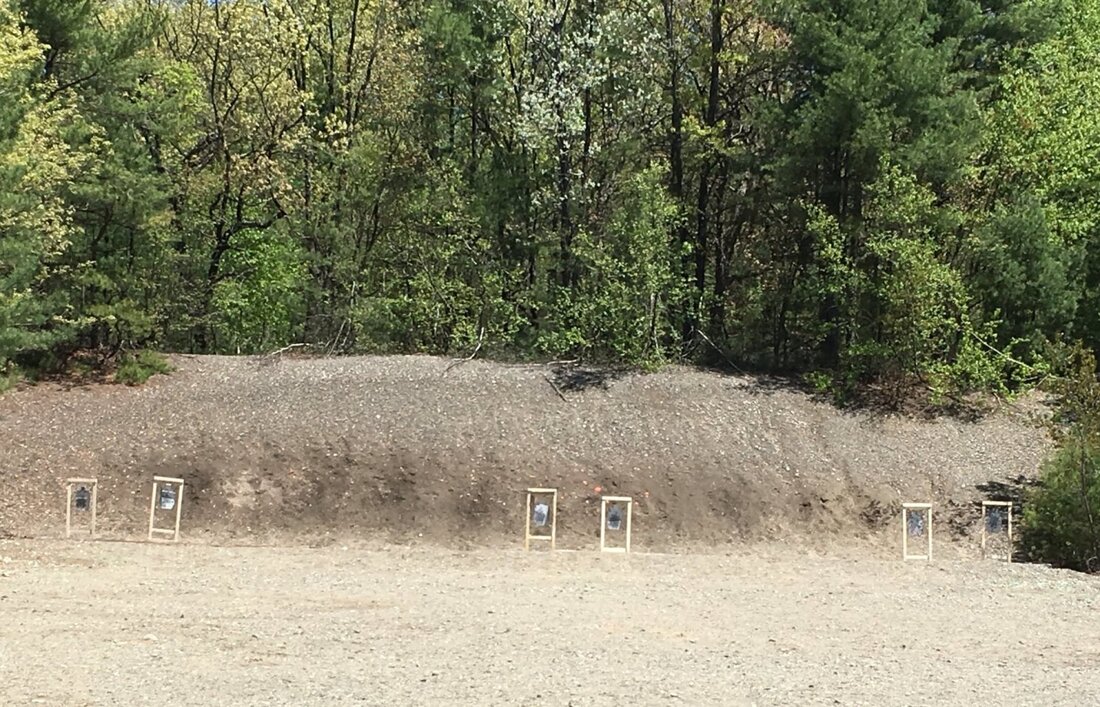
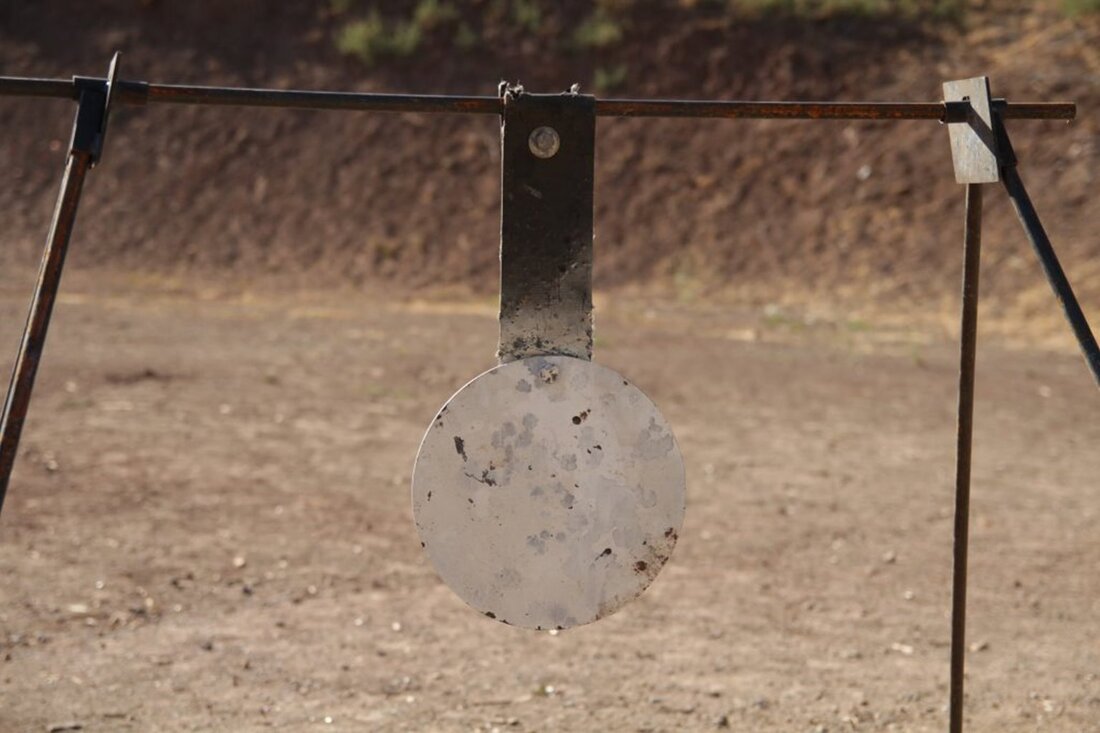
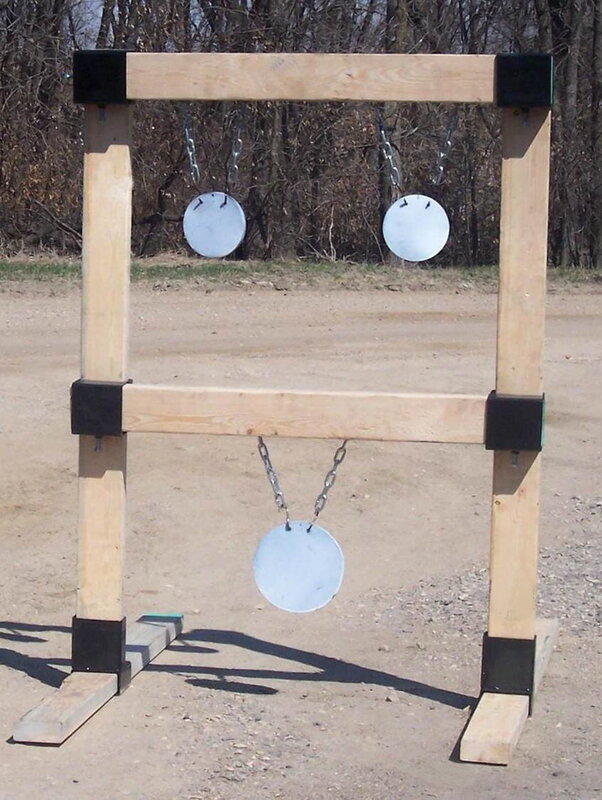


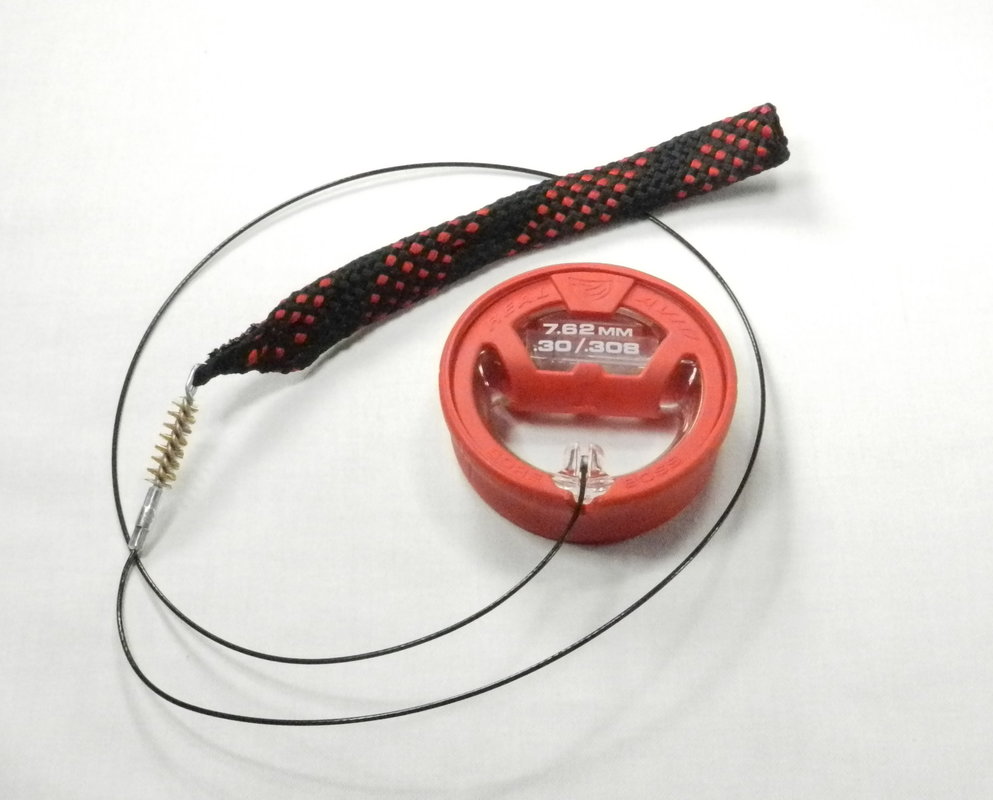

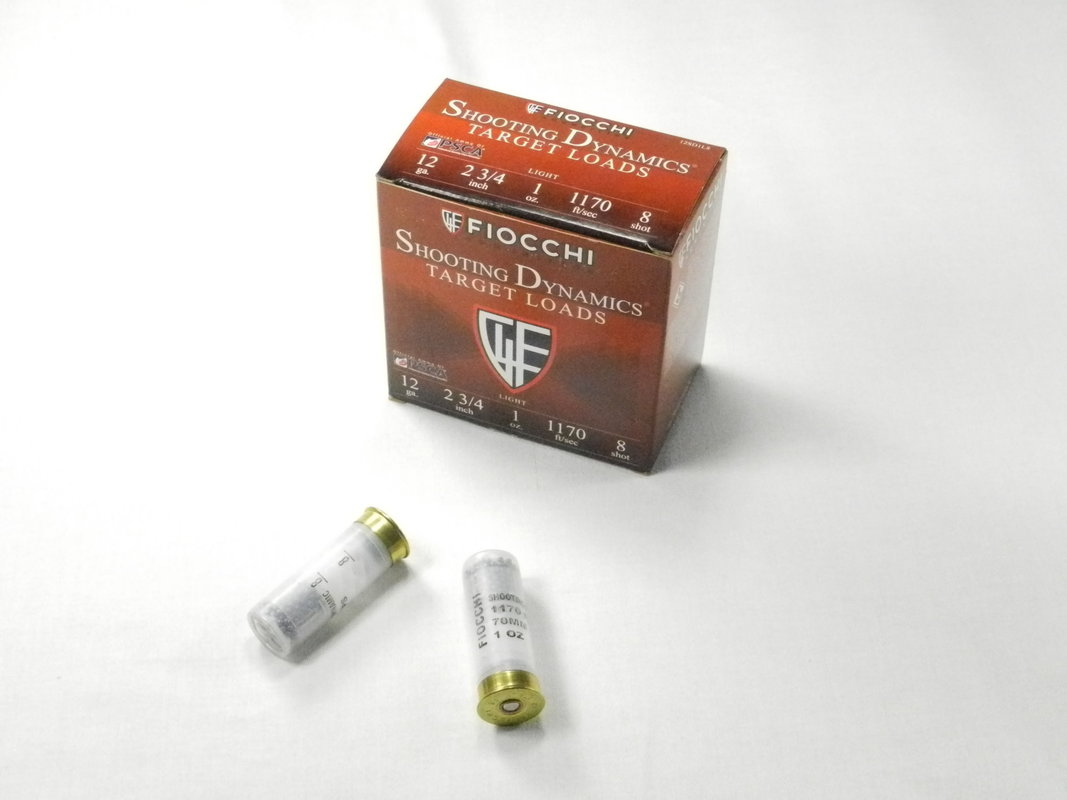

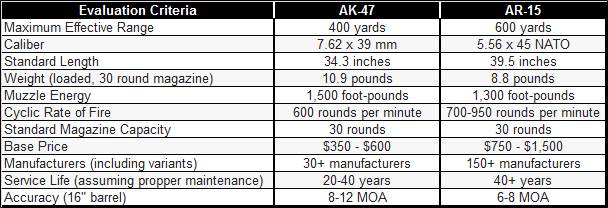





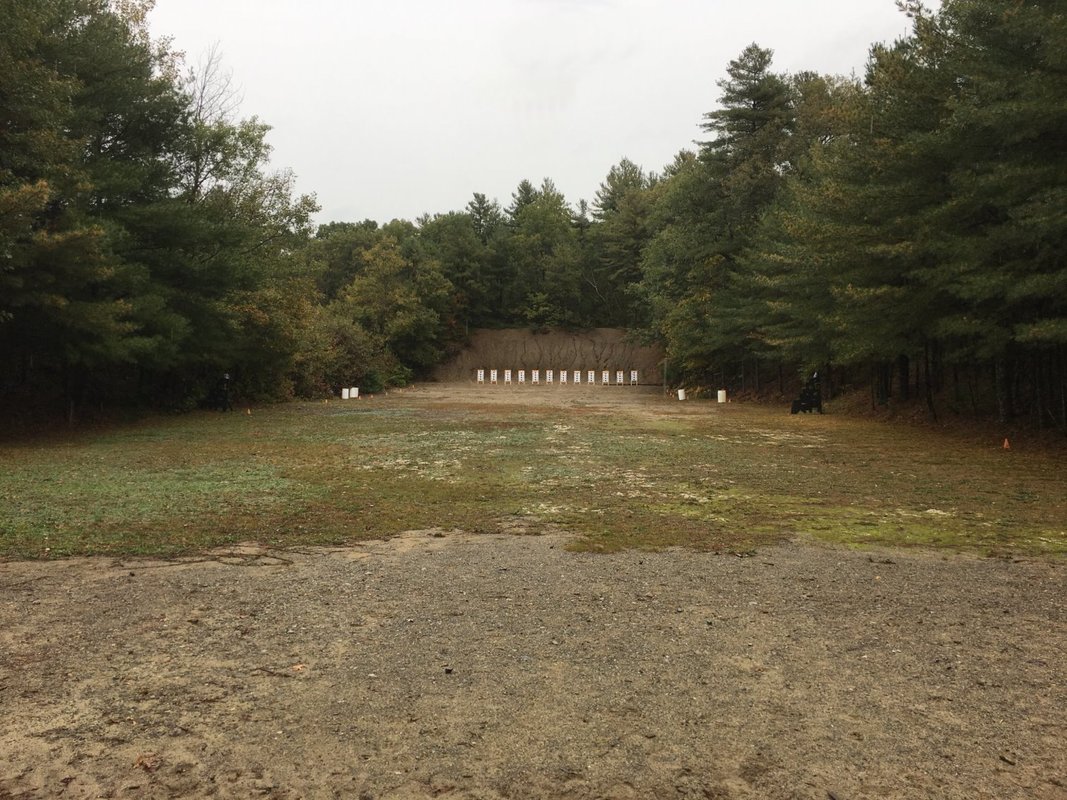
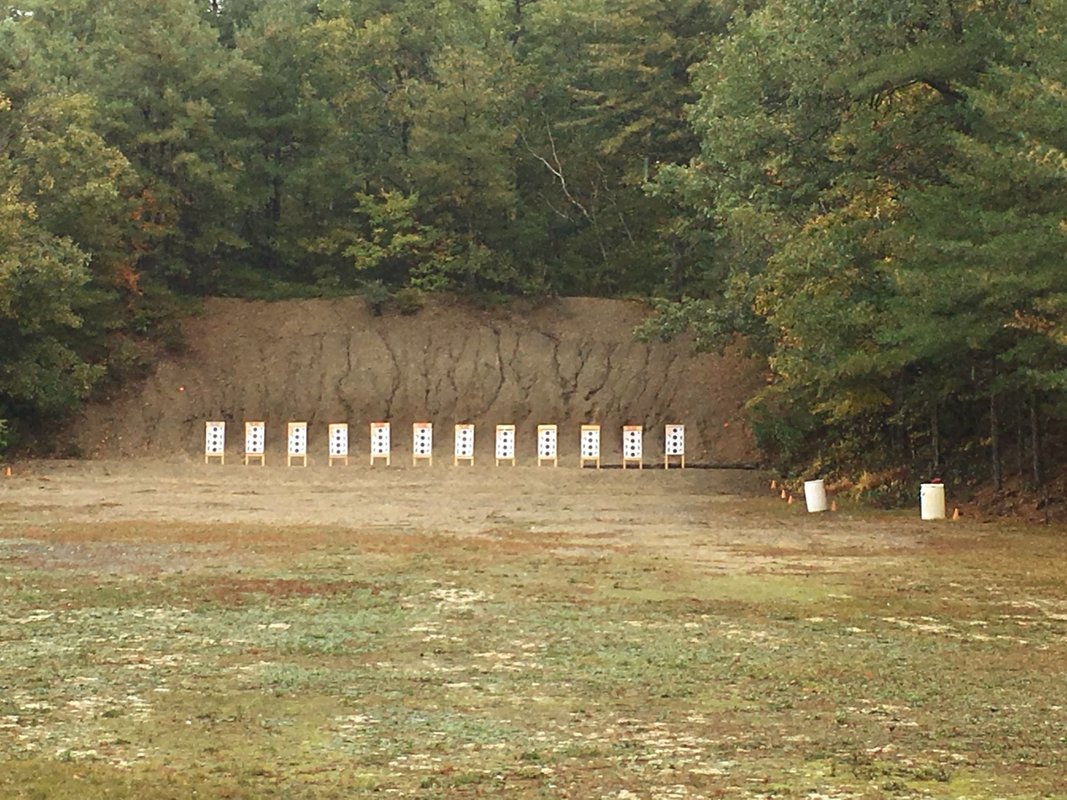
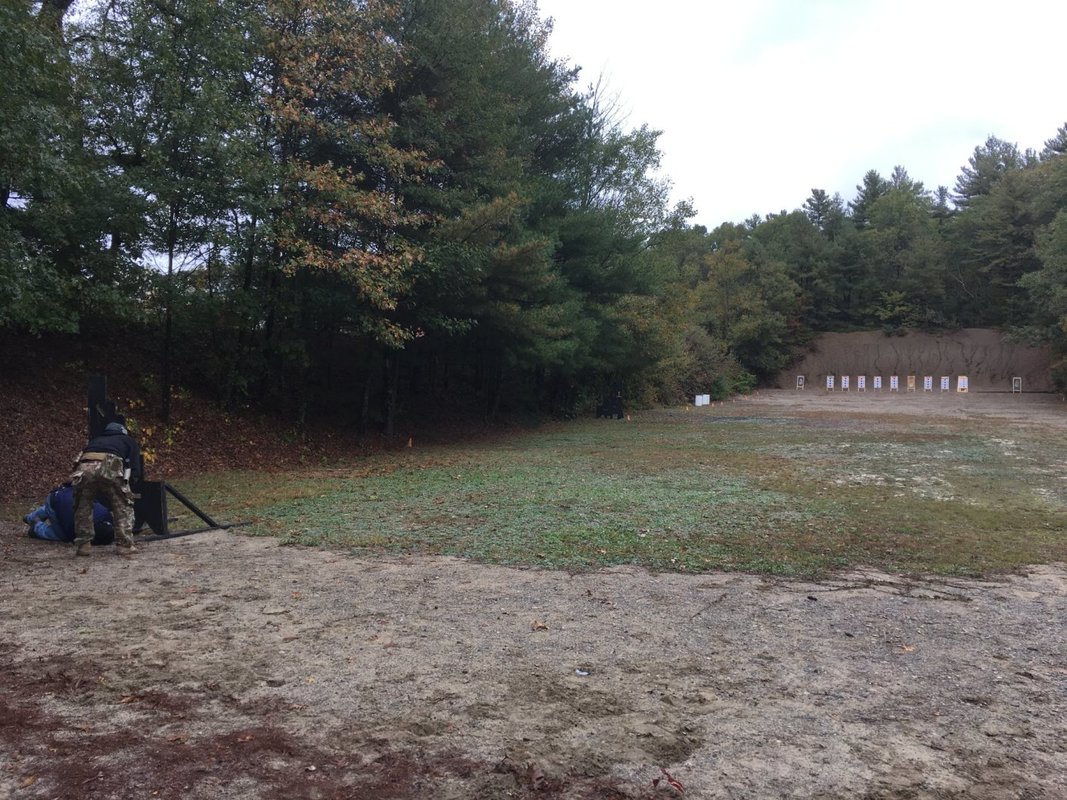
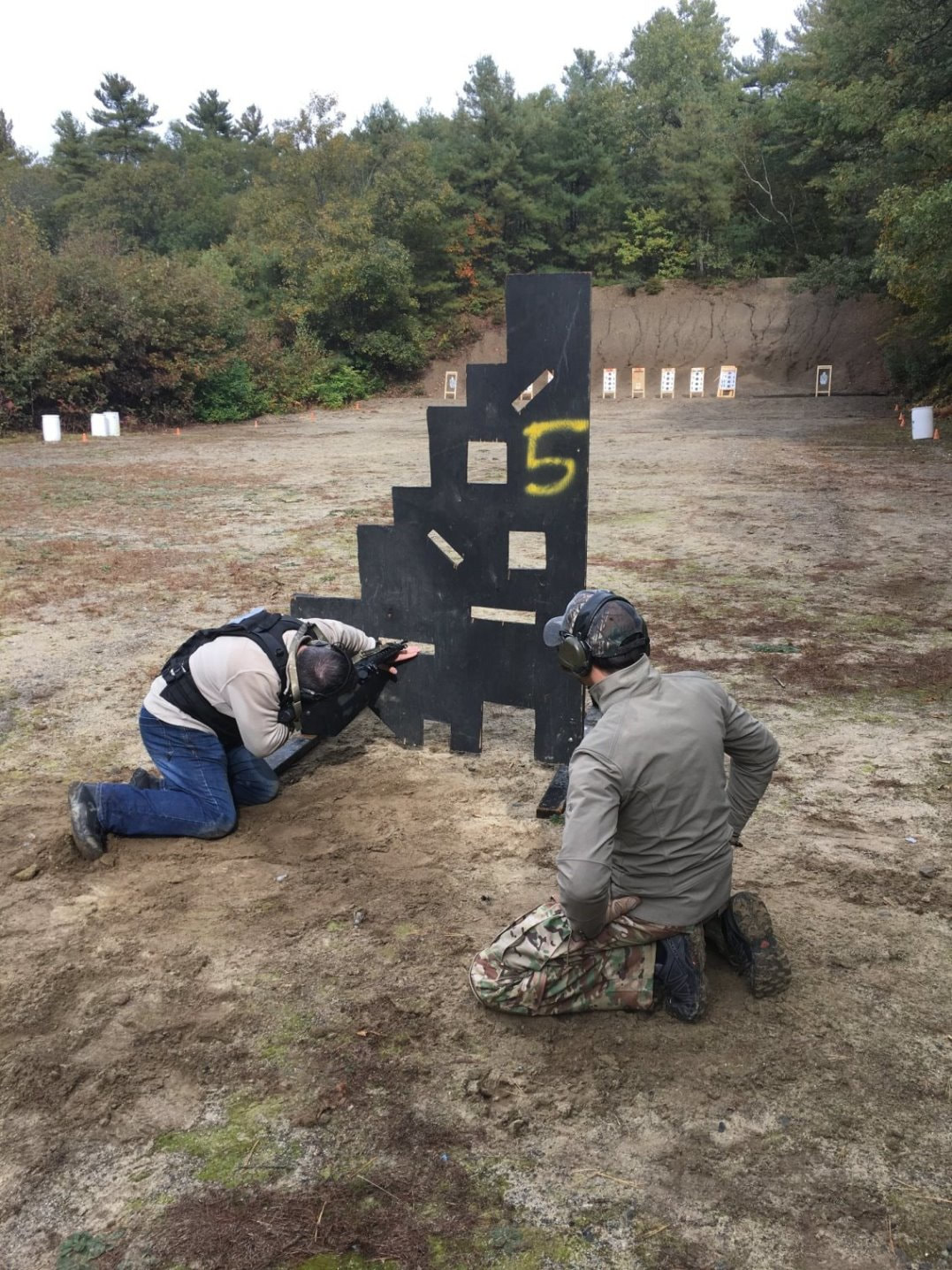
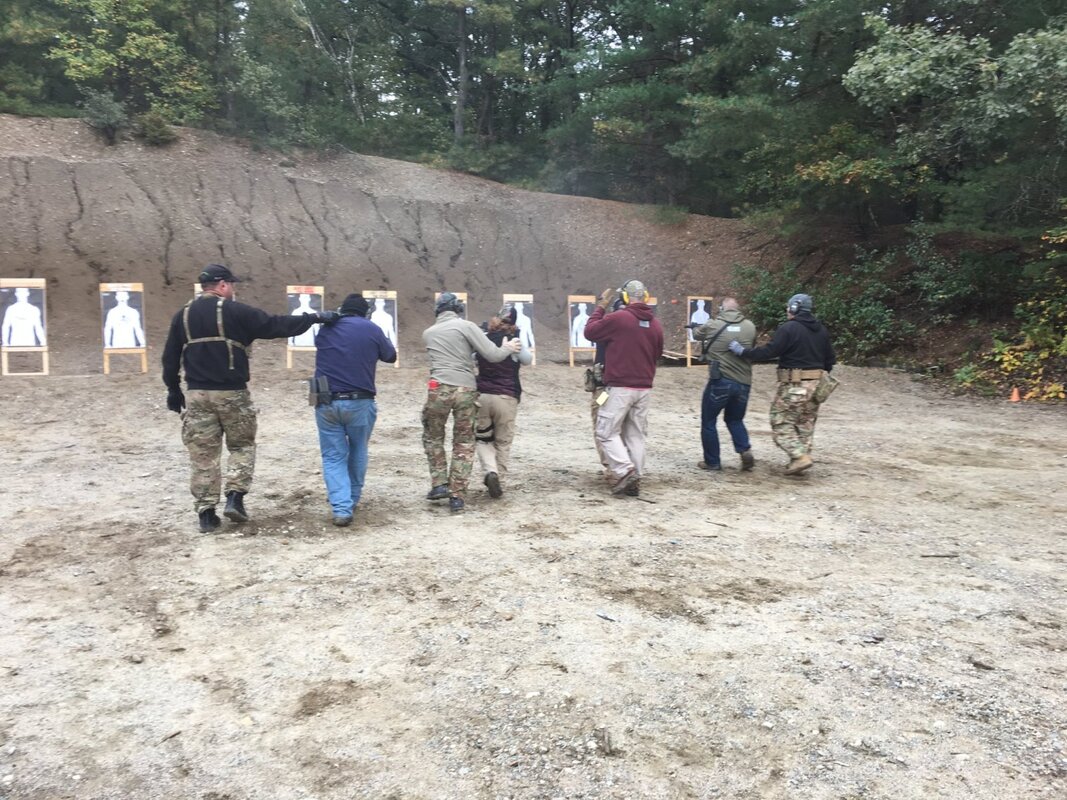
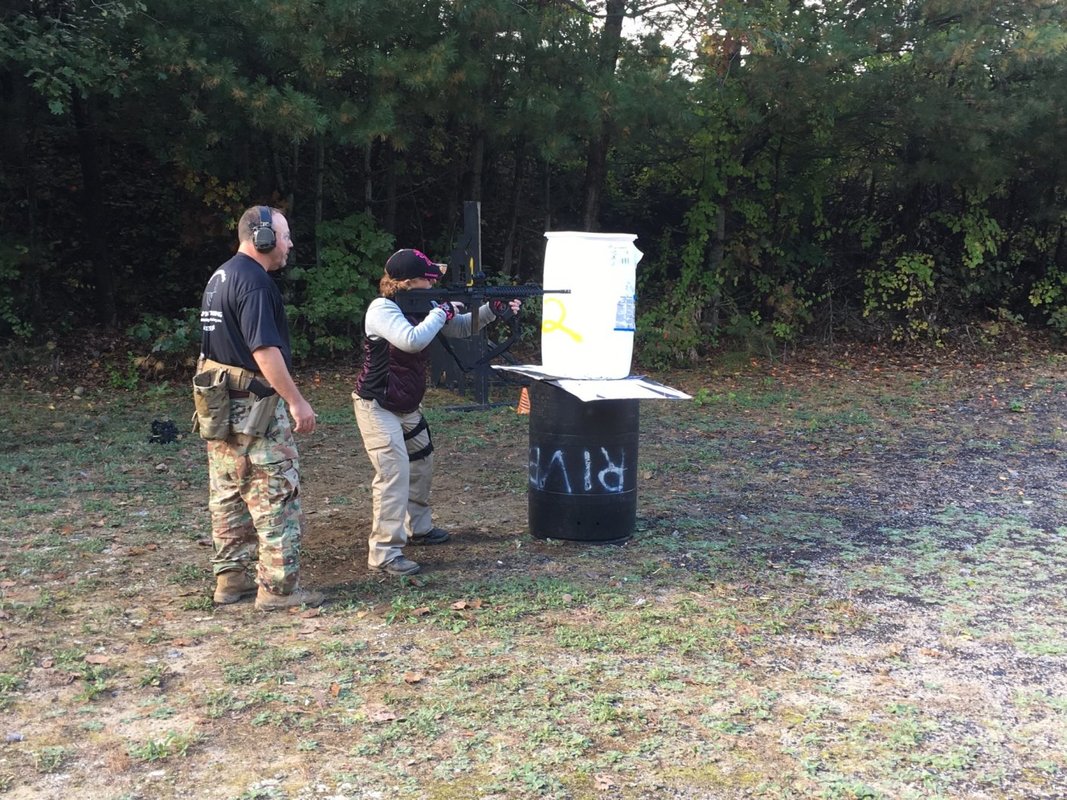
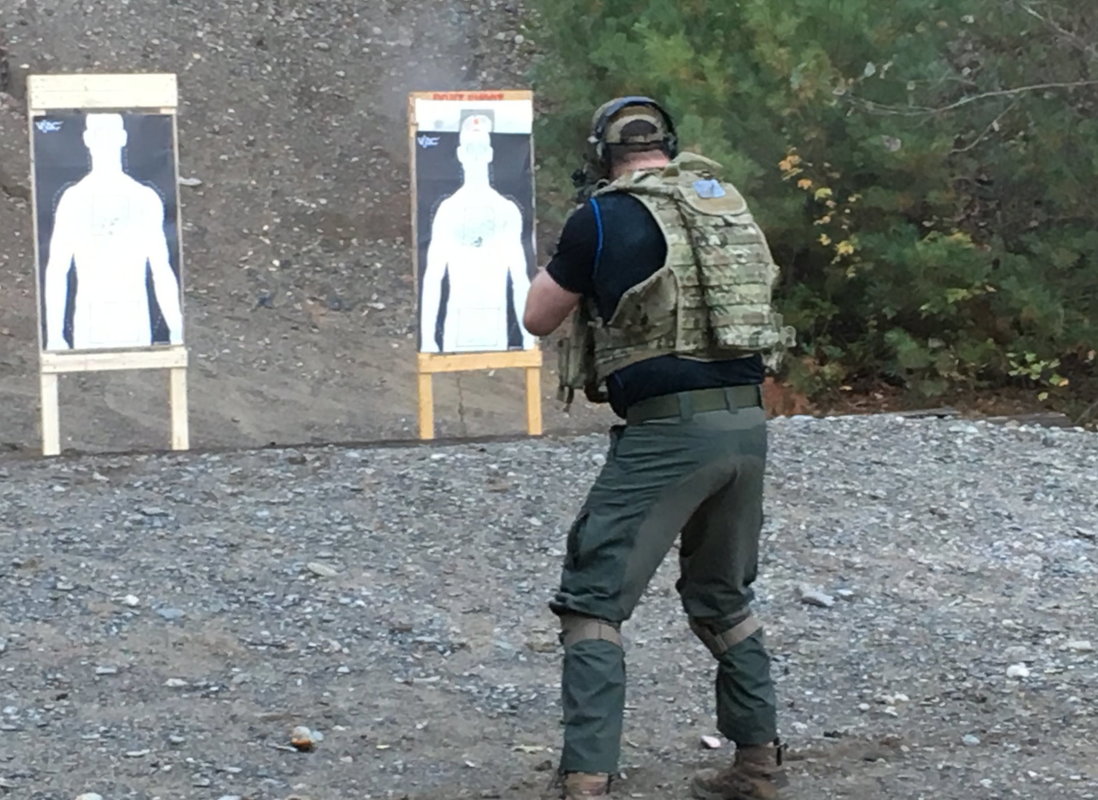
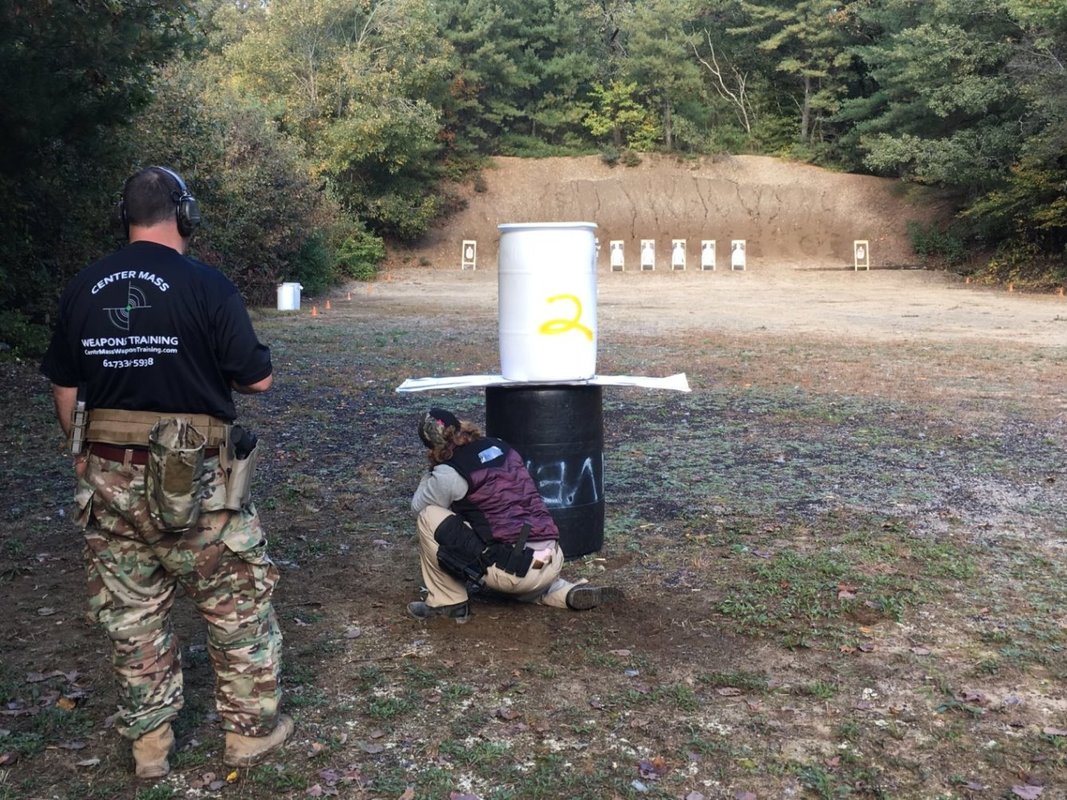

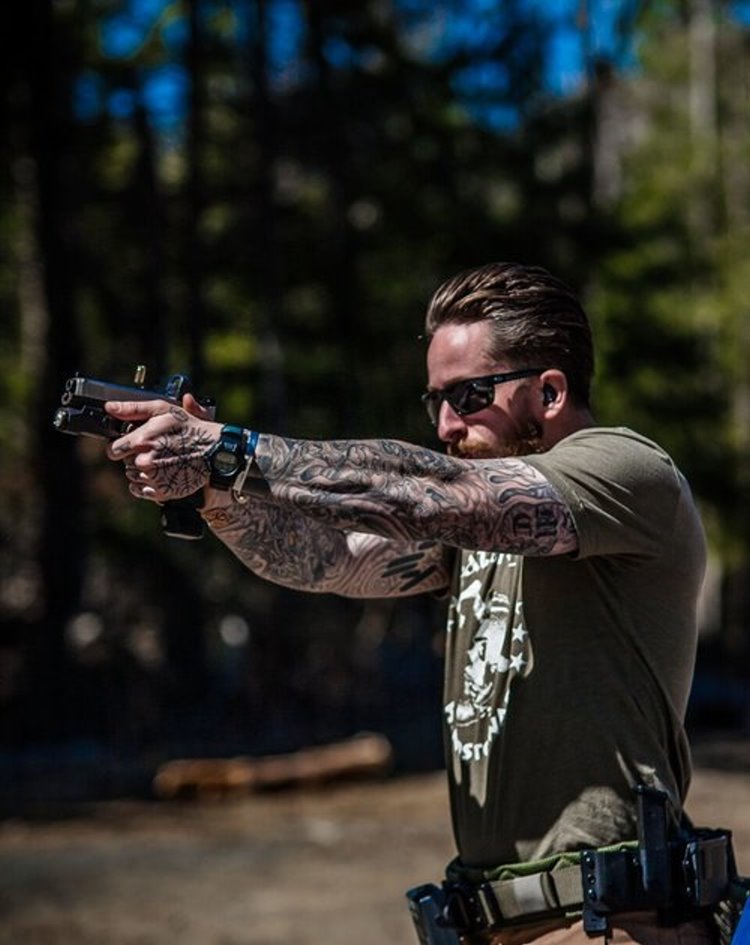
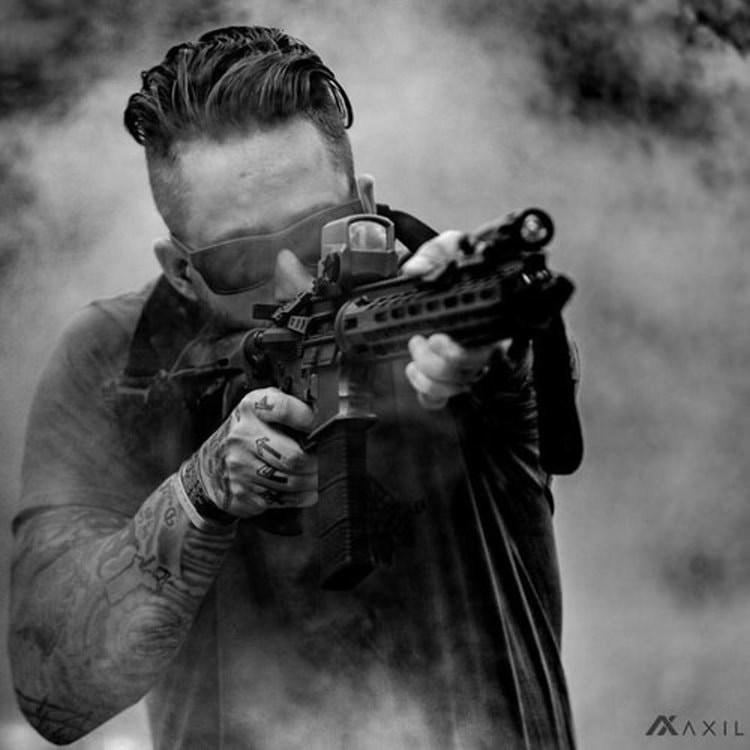
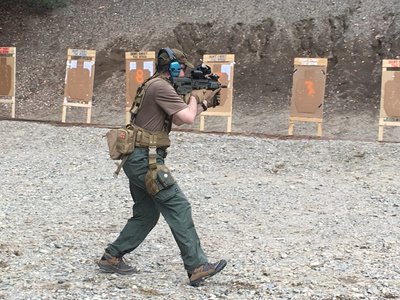
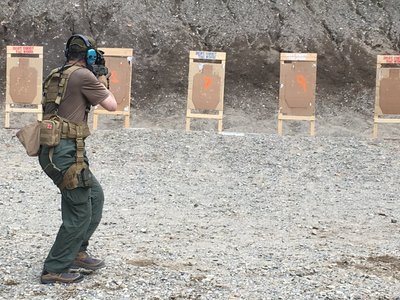
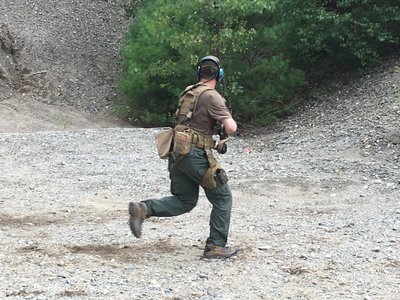
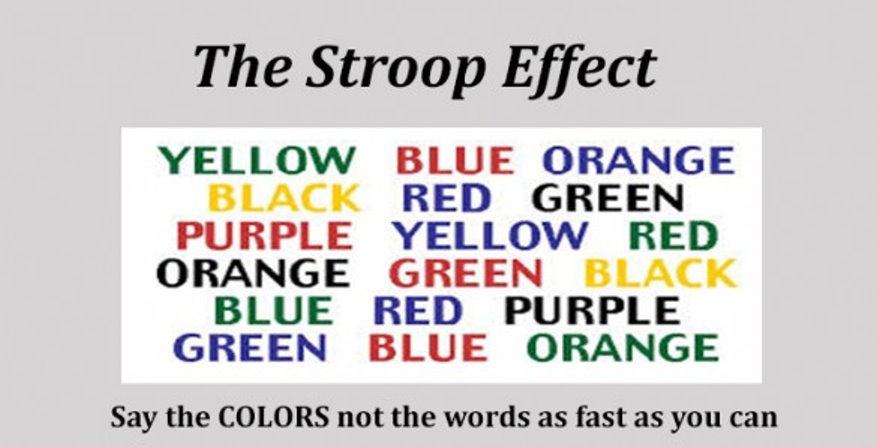

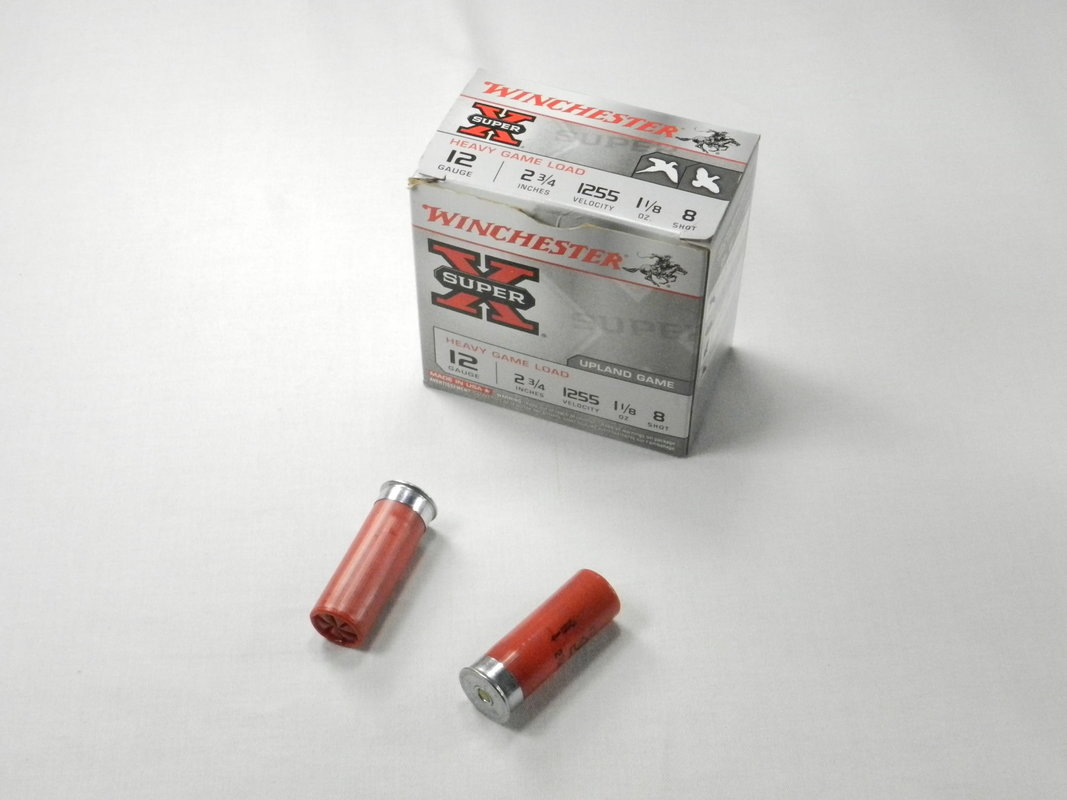
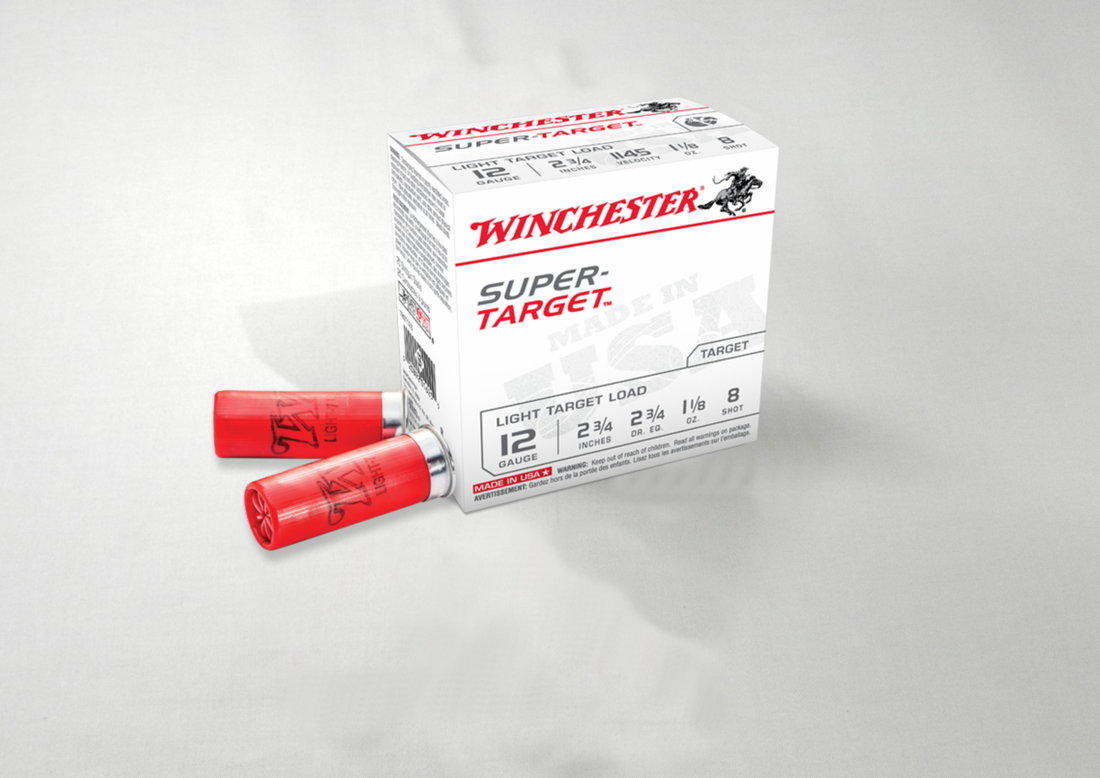
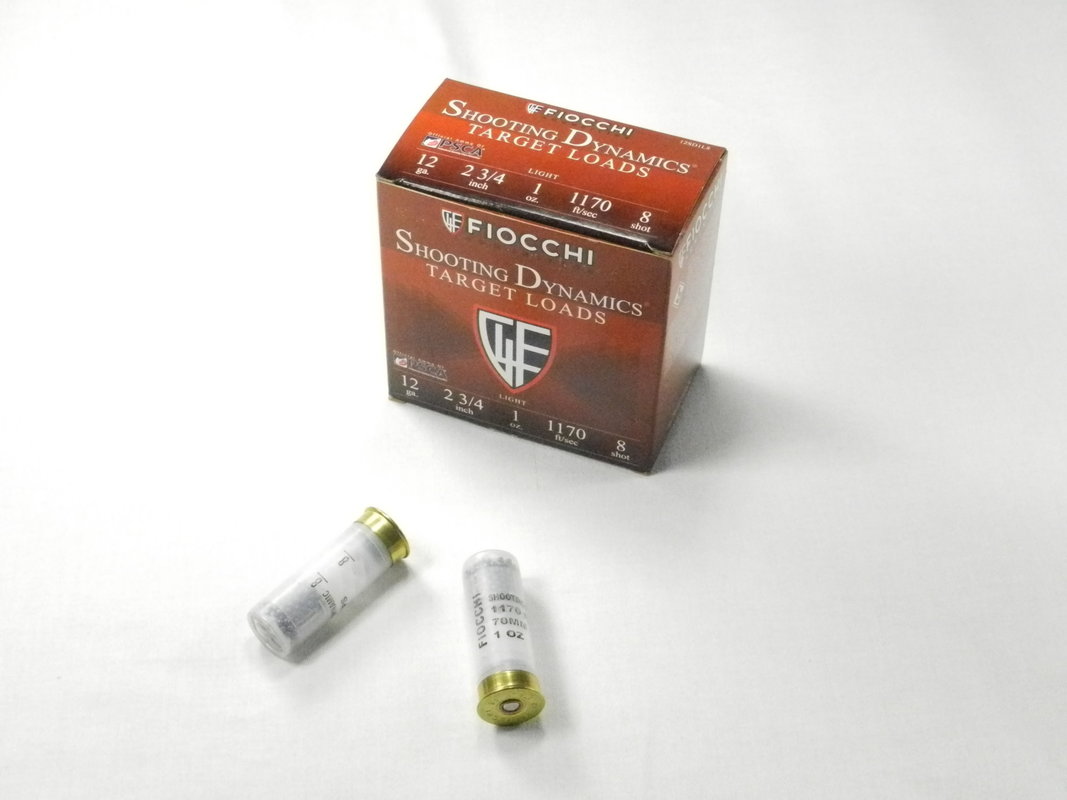
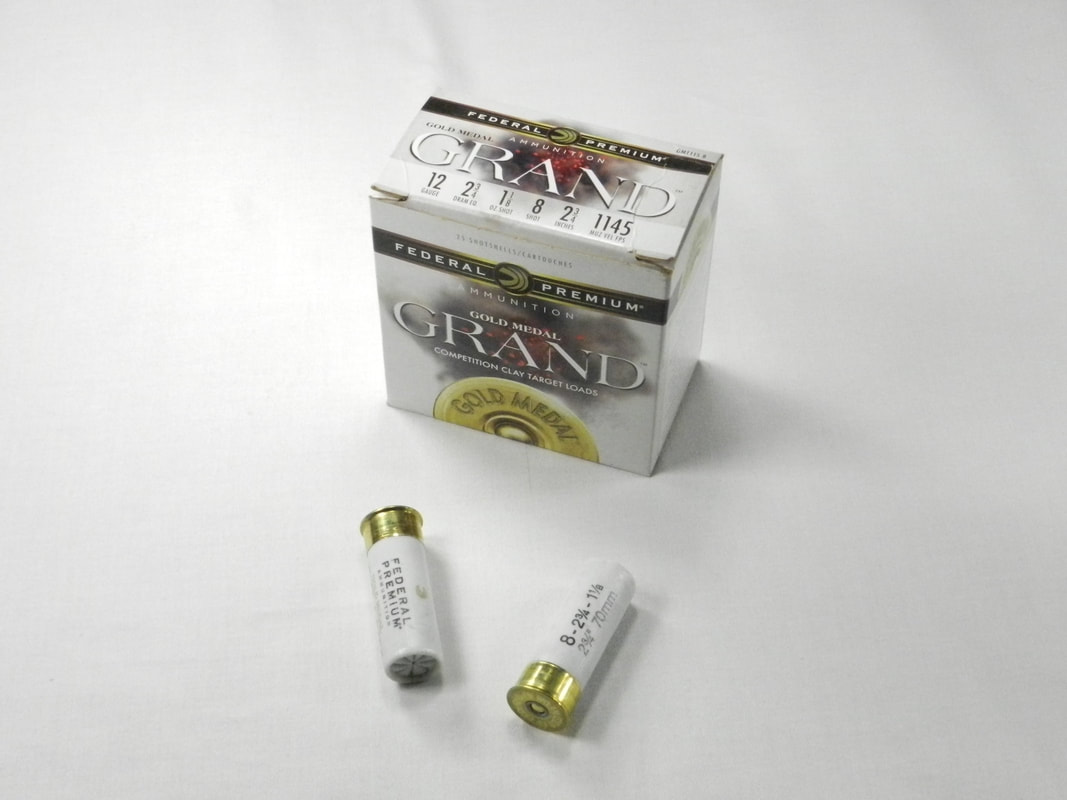



 RSS Feed
RSS Feed